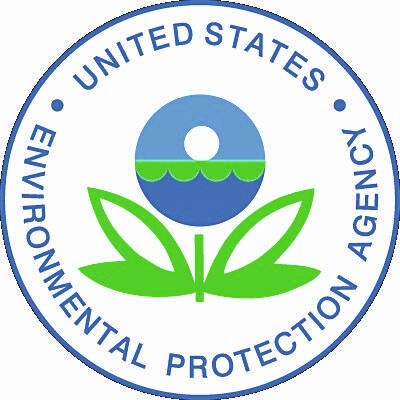

Staff Reports
The U.S. Environmental Protection Agency announced Friday that 10 Indiana recipients, including the city of Seymour, will receive $9.4 million in funding to assess or clean up brownfield sites or to support revolving loan funds.
EPA officials joined with state and local officials at a brownfield redevelopment site in Lebanon to make the announcement. Seymour Mayor Matt Nicholson attended.
Seymour will receive a $500,000 grant to conduct 14 Phase I and 10 to 12 Phase II environmental site assessments and develop five to 10 cleanup plans.
Grant funds also will be used to update an inventory of brownfield sites and conduct community engagement activities.
A brownfield is a property, the expansion, redevelopment or reuse of which may be complicated by the presence or potential presence of a hazardous substance, pollutant or contaminant, according to epa.gov.
The EPA estimates there are more than 450,000 brownfields in the United States. Cleaning up and reinvesting in these properties increases local tax bases, facilitates job growth, utilizes existing infrastructure, takes development pressures off of undeveloped, open land and improves and protects the environment, the EPA says.
The target areas for this grant are Seymour and Brownstown. Priority sites are legacy downtown industrial and commercial sites and include former tire shops, a former auto repair and body shop, a former gas station and a former paper mill, according to a news release from the city.
“In Seymour, we recently have witnessed the transformation of a
former brownfield site into a 64-unit $12.5 million apartment complex, providing much-needed housing options for our senior residents,” Nicholson said. “This EPA grant will help us evaluate other properties in Seymour and Jackson County to determine what steps are needed to make them marketable.”
The grants are supported by President Joe Biden’s Bipartisan Infrastructure Law, which provides a total of $1.5 billion to advance environmental justice, spur economic revitalization and create jobs by cleaning up contaminated, polluted or hazardous brownfield properties.
Brownfield projects can range from cleaning up buildings with asbestos or lead contamination to assessing and cleaning up abandoned properties that once managed dangerous chemicals.
Once cleaned up, former brownfield properties can be redeveloped into productive uses, such as grocery stores, affordable housing, health centers, museums, parks and solar farms.
The Brownfields Program advances Biden’s Justice40 Initiative, which aims to deliver at least 40% of the benefits of certain government programs to disadvantaged communities. Approximately 86% of the communities nationwide selected to receive funding as part of the announcement have proposed projects in historically underserved areas.
“The Bipartisan Infrastructure Law is bringing much-needed funding to help communities turn contaminated and potentially dangerous sites into economic opportunities,” EPA Deputy Administrator Janet McCabe said. “This year, 86% of communities across the nation who are receiving brownfields grants have proposed projects in historically underserved areas.
“This is a great step in our efforts to finally confront the challenges that have held back many vulnerable communities across this country from reaching their full potential,” she said.
The announcement includes $7.8 million from the $1.5 billion investment from the Bipartisan Infrastructure Law to help turn brownfield sites in Indiana into hubs of economic growth and job creation along with $1.6 million from fiscal year 2022 appropriations.
“EPA’s brownfields grants are a great investment in Indiana’s future,” EPA Region 5 Administrator Debra Shore said. “One of the best ways we can build back better in Indiana is by revitalizing unused and contaminated properties and returning them to productive purposes in communities across the state.”
Indiana Department of Environmental Management Commissioner Brian Rockensuess said the grants will further improve communities across the state.
“We look forward to working with our federal, state and local partners to ensure further development at these sites and return them to productive use,” he said.
“This funding will support Gov. (Eric) Holcomb’s priority to continue cultivating our strong and diverse economy in Indiana and serve as a vital aspect in turning blighted brownfield sites into neighborhood assets,” said Jim McGoff, chief operations officer and director of environmental programs for the Indiana Finance Authority.
